Tricot Marin, Made in USA
Sportsman Spring 2015
Although stripes have been associated through the ages with outcasts, demons, deprivation of personal freedom and other fun stuff, it is argued that the contemporary popularity of that specific geometrical pattern is anchored in the New World of the late 1770’s… During the American Revolution, stripes became a reference to the thirteen red and white borders of the Patriots’ flag. For the revolutionaries of the original thirteen colonies, sporting and displaying striped patterns symbolized an allegiance to Independence from the Old World, the rejection of Britain’s authority. The stripes of Liberty versus the Crown of England…
The French, never missing an opportunity to aggravate the Brits, militarily supported and backed the rebellion of the colonies, recognizing the United States of America as a new independent nation in 1778. Some ten years later, France got busy with its own Revolution. In 1789, a ragtag group called the Sans-Culottes made the bulk of the French revolutionaries troops fighting the French monarchic regime. Contrasting with the fancy knee-length breeches aristocrats wore (culottes), their rugged outfits often featured a mixture of unfashionable stripes.
Today, on either side of the Atlantic, no celebration of the French or American Revolution would be complete without red, white or blue stripes.
The origin of the association of stripes with seafaring apparel, from the French tricot rayé to the Russian telnyashka, is also speculated about, but seems to have roots in the middle of the XVII Century as period paintings of naval battles tend to suggest. The keen eye will spot stripes on deck, swashbuckling away.
Before the familiar blue and white combination known today, the earlier seamen jerseys appear to have featured red and white stripes. Private purchase at the time, these striped undershirts were reserved for the lower echelon of naval hierarchy, the hard-working swabbies and quartermasters, in contrast with the dashing uniforms of the officers.
This unlikely choice of work-wear for sailors might have been a pure practical choice to heighten the visibility of men at sea, whether in the rigging, on deck, or fallen overboard, a sort of safety orange or emergency yellow of the 1600’s. Required submission to the ship’s Captain and the Four Winds, rationing, frequent punishments and strictly enforced discipline made for the harsh life of deckhands, as enviable and glamorous as that of convicts in galleys. Just ask around Pitcairn…
In 1858, the Marine Nationale (the French Navy, aka La Royale) officially adopts the standard Tricot Rayé for its seamen as an under garment. The now-regulated shirt features from 20 to 21 indigo blue knitted stripes, and will only be visible under the V-neck of the vareuse (jumper). An improbable legend has it that the number of stripes symbolizes specific victories of the Napoleonic Wars (1803–1815).
The French word tricot (pronounce tree-koh) refers to the knitting process of the jersey, as the stripes are not printed but knitted. In the early days, French factories that manufactured hosiery (bonneteries) also supplied the striped jersey fabric uniform shirts were made of. Some argue that technical limitations inherent to stocking manufacturing eventually impacted the garments, as shirts looked striped and not solid. Due to variations in shades of dyed or natural yarn batches, mechanically knitted jerseys were easier to keep consistent in stripe patterns than solid color. This seems like a stretch.
It is also said that striped patterns, a common feature in the world of vintage undergarments, served the purpose of breaking the unsightly silhouette of the human body. Centuries later, in liberating retaliation from this prudish repression, Man went on to invent the striped Bikini…
If most of what is known about stripes is pure extrapolation and the truth lost to history, what is well-documented is that nautical symbols have long safely made it to shore. Unlike their Army counterparts, French Navy conscripts got to keep their entire sea bag after the mandatory military service, taking home their uniform including two marinières. Used or vintage ones were dime a dozen in Parisian flea markets until the early 1990’s, easily filtering in the civvy world.
Today, the famous white and blue stripes are mostly associated with France, summertime, fun-in-the-sun, sea-side resorts, yacht clubs, freshwater sailing, fishing, bouillabaisse, beach umbrellas… and fierce menswear fashion courtesy of JPG in 1978.
Stripes… From dweller of the High Seas status to international catwalk apparel, from the backs of Medieval felons to Parisian Apaches gigolos, from Marsouins to bobos, from Saint Malo to Saint Tropez, striped shirts have seen it all.
Coco, Picasso, Bardot, Brando, borders a go-go… Hissez haut, Santiano!
- Houpette Marine Francaise
- French battleship Jauréguiberry laundry day (1913)
- Jauréguiberry (1913)
- Alcatraz (1920)
- Cargese Corsica (1935)
- STAC Stage Commando marins (1956)
- Brando (1956)
- Brando Barbara Roberts
- Photo Larry Barbier Jr (1954)
- Brando & Josiane Beranger in Bandol (1954)
- Brando rehearsing for Guys & Dolls (1955)
- Bardot Edward Quinn (1956)
- Bardot by Loomis Dean (1958) LIFE
- Audrey Hepburn (1961)
- Russian Navy telnyashka Photo Sergey Petrukhin (1968)
- If it moves, salute it. If it doesn’t, paint it.
Adding to that landlubber mixture, here is Mister Freedom®’s iteration of the TRICOT MARIN, for Spring 2015.
We opted for 18 stripes for a simple reason: E = mc^2 x u(x_1, 3.14 ,x_n)- f(x) = ex-15%, where u=u(x)+ 6.67*10-11Nm2kg-2 .
According to Antonio, this adds up to 18, quod erat demonstrandum.
Our 18 stripes form a sort of large chest band, horizontally framed by solid parts on the shoulders and bottom. This pattern is a reference to authentic French Marine Nationale jerseys, rather than the fully striped shirts without solid parts often associated with fishermen or ocean rescue. Some of the traditional Armor-Lux or Saint James shirts have that Bretagne nautical vibe. The brand Orcival supplied jerseys to the French Navy for many years.
A solid section is also featured on the sleeves on the MF® tricot marin. Depending on the size of the shirt, the visible solid sections will fluctuate in width, the XXL having a larger solid top section that the XS…
We are using a col bateau (boat neck), a collar pattern specified in the original French regulation code of 1858, insisting with our manufacturer for the curve of the collar stitching, a technical challenge for the skilled machine operator.
The side slits and longer rear panel are also references to original tail of the French Navy tricot rayé. Our 1/4 sleeves, shorter than the government issued shirts are a nod to the common practice of chopping up the sleeves of your jersey for comfort in tropical deployments.
Besides the specific shade of blue and white yarns we selected for our tricot (inspired by a vintage 1910’s real indigo striped jersey from our archives), we also opted for a second color combination, involving a particular red. Not an ‘authentic’ stripe pattern, but legit-looking enough to be part of our Sportsman catalog. This ‘Raschel‘ type jersey knit, a batch specifically woven for us in Japan in 2015, turned out to be the most expensive fabric we’ve had milled to date…
Our “Tricot Marin” is designed in California by Mister Freedom®, and manufactured in the USA from fabric milled in Japan.
References:
* “L’étoffe du diable. Une histoire des rayures et des tissus rayés” (Michel Pastoureau, 2014)
* Musée National de la Marine.
* Cols Bleus.
SPECS:
FABRIC:
100% cotton jersey knit, woven stripe pattern, milled in Japan.
Two color combination options, white/blue and red/blue.
DETAILS:
* Inspired by original Marine Nationale striped jerseys and vintage nautical knit shirts.
* Woven stripe chest band, 18 stripes.
* Boat neck.
* 1/4 sleeves.
* Side slits.
* Rear panel tail.
* Made in USA
SIZING/FIT:
Both color options come unwashed and will shrink to the same size after an initial rinse/dry cycle. The jersey has some minimal mechanical stretch in width, slightly more in length when pulled.
According to your fit preference these can be worn fitted or loose. Although usually a Medium in MF® shirts, I opted to size down and wear a small in the MF® tricot marin, same as the Stanley and Skivvy.
Refer to chart for approximate rinsed/tumbler dry measurements.
CARE:
Low-maintenance, just throw your tricot marin in the washer/dryer, cold or hot water, delicate cycle. No bleach.
SIZES:
x-Small
Small
Medium
Large
X-Large
XX-Large
Available from www.misterfreedom.com, our Los Angeles brick & mortar store, and fine retailers around the World.
Email sales@misterfreedom.com or call 323-653-2014 with any questions unanswered above, such as “¿Quien es Antonio?”
Thank you for your support.
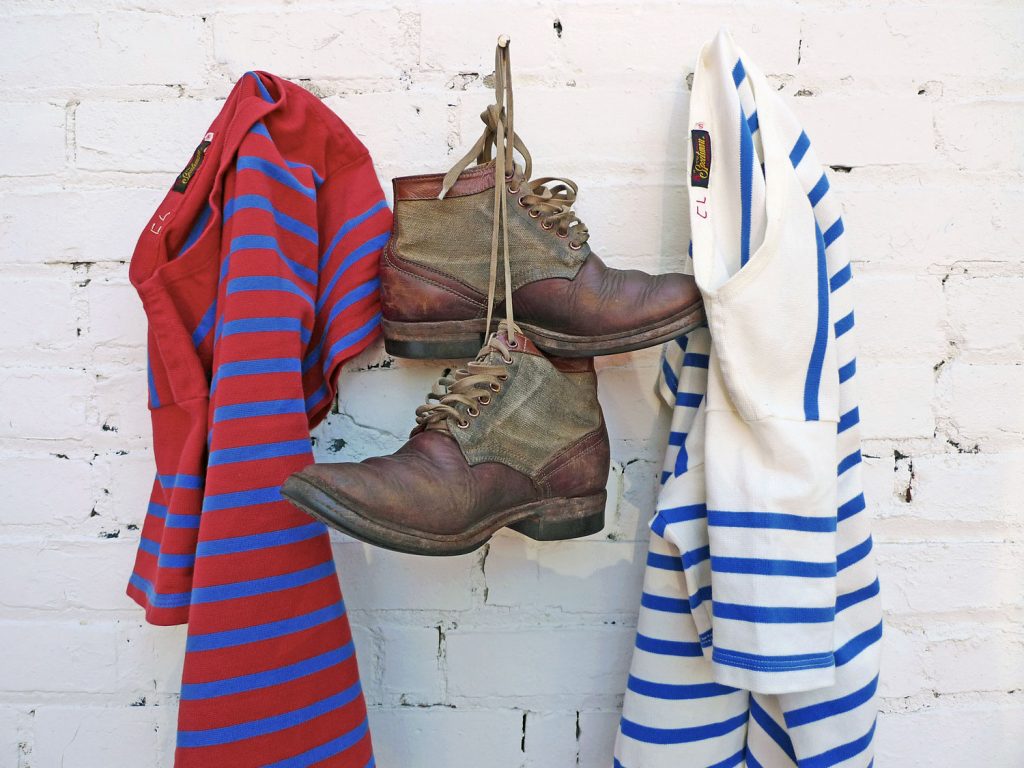
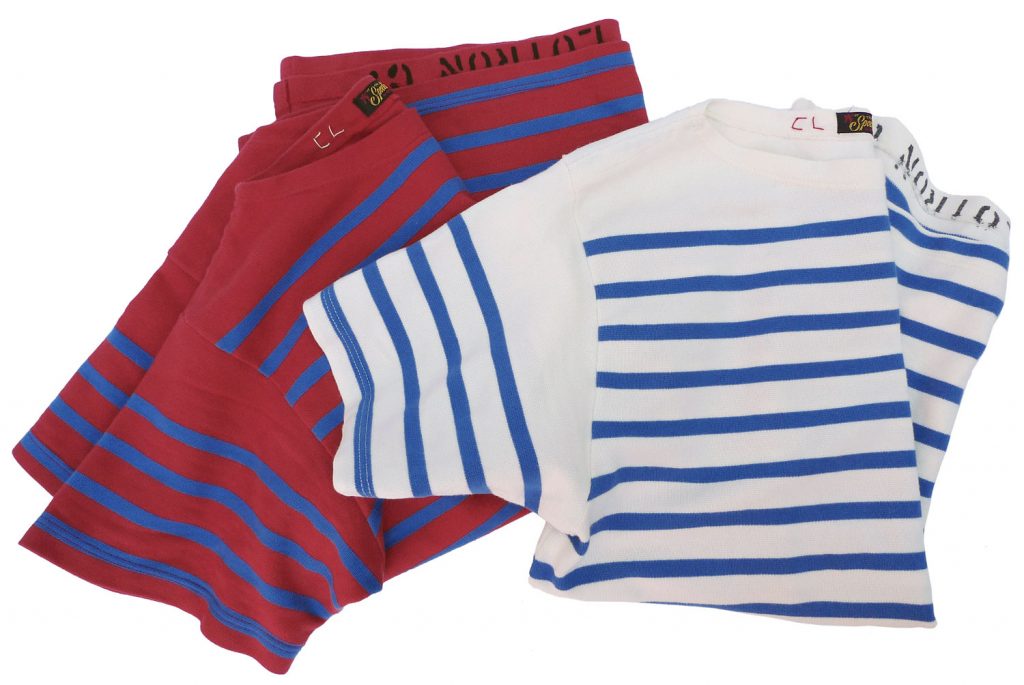
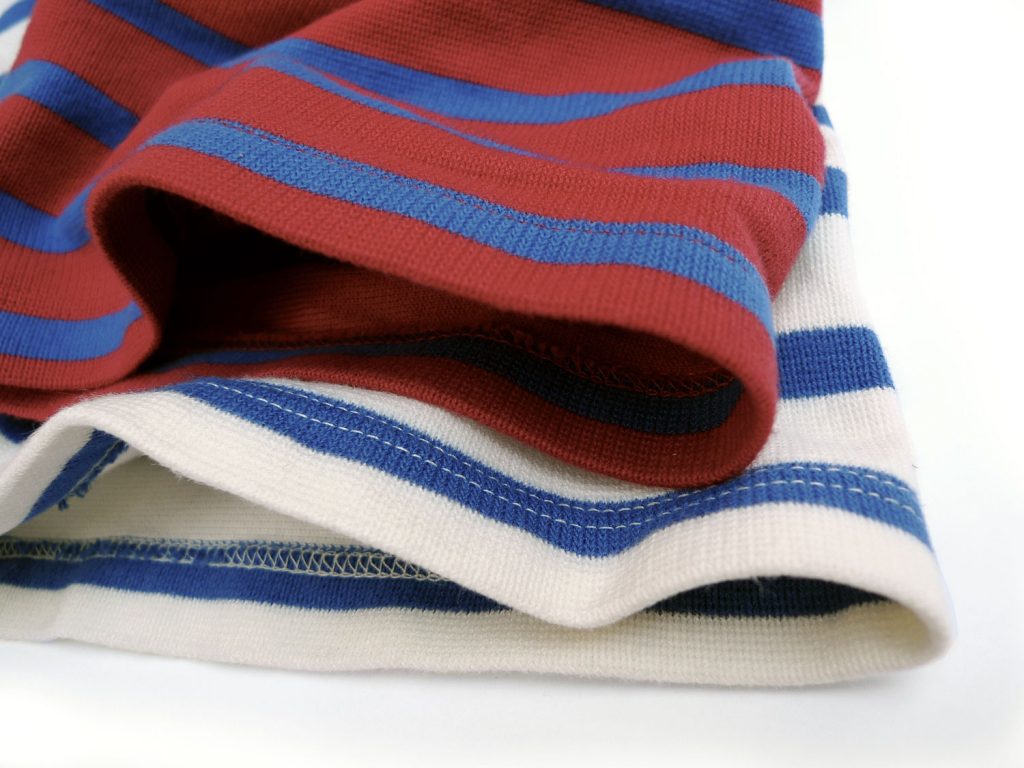
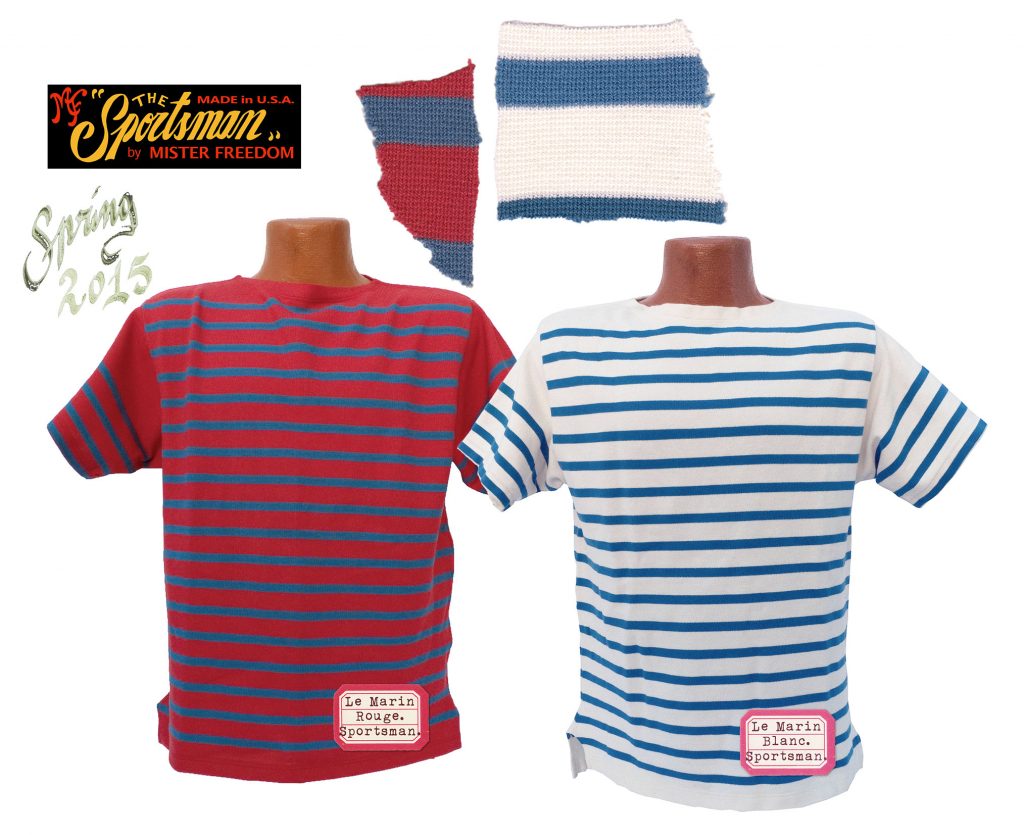
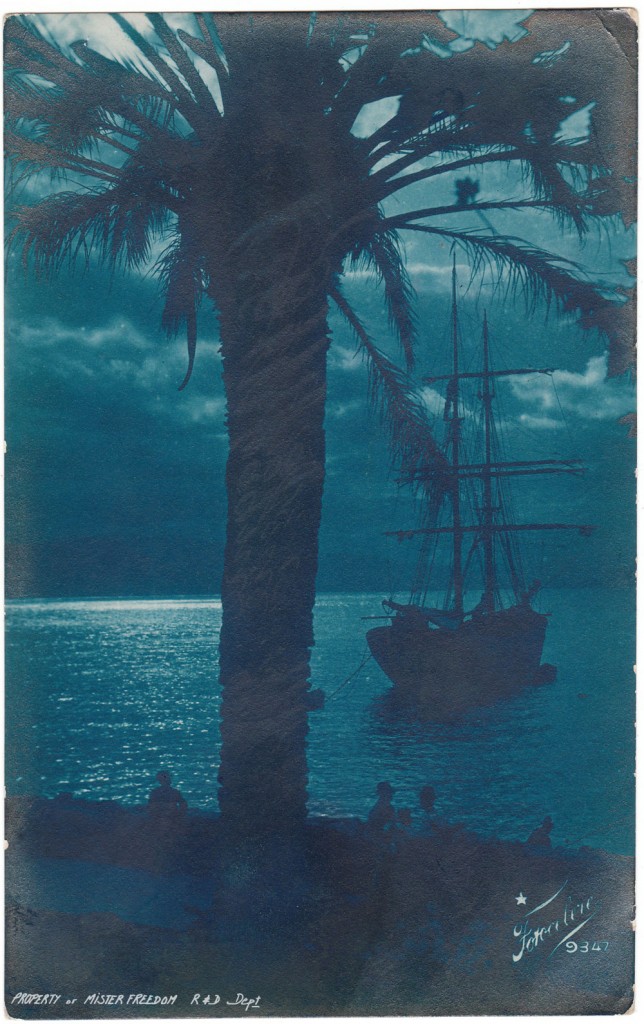
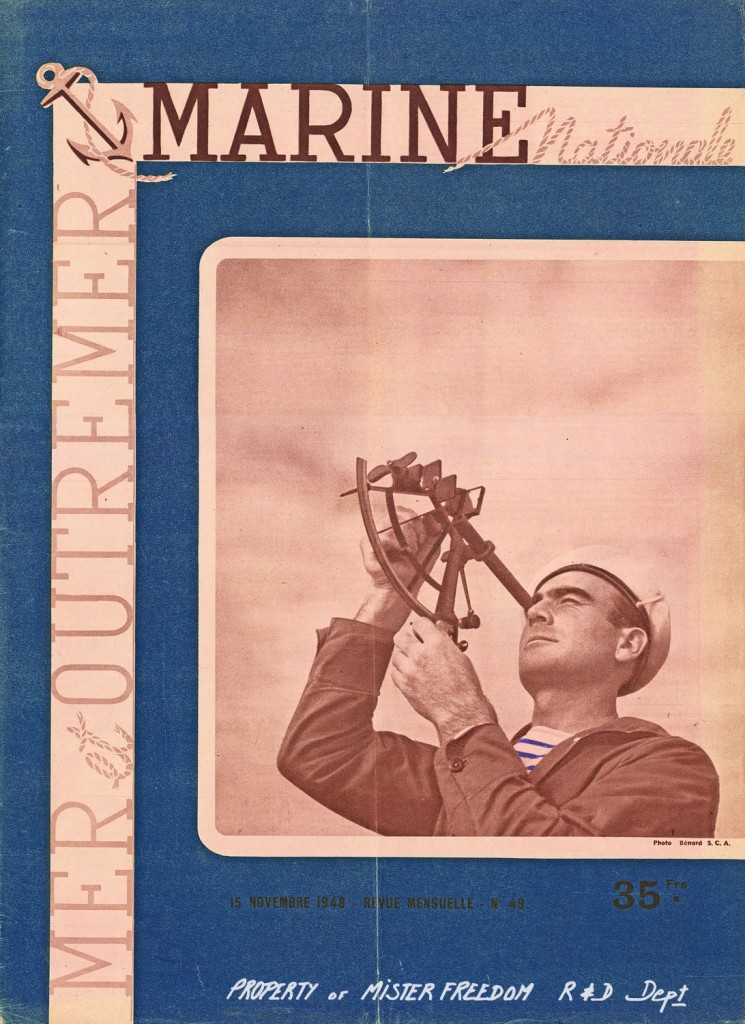
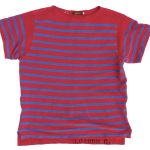
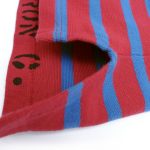
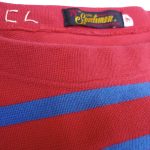
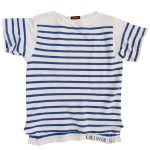
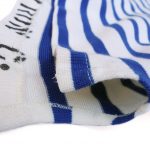
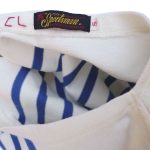
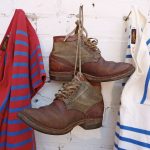
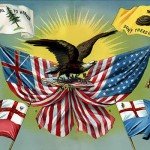
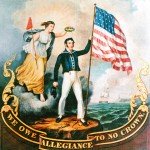
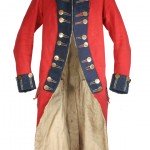
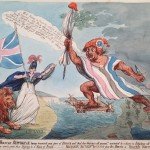
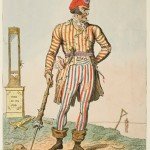


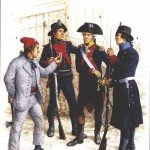
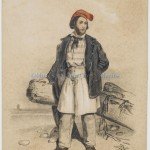
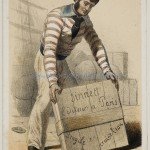
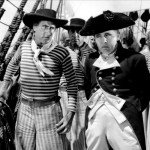
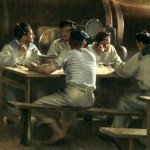
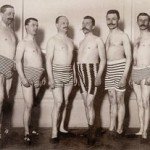
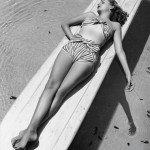
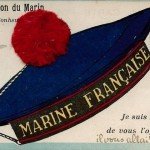
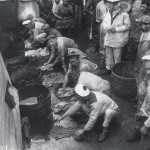
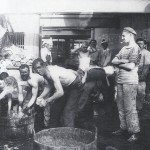
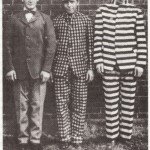
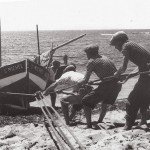
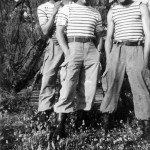
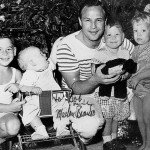
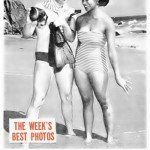
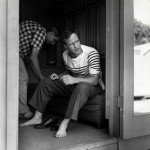
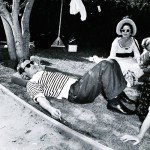

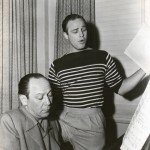

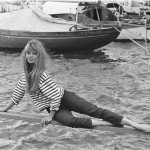
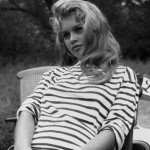
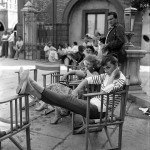
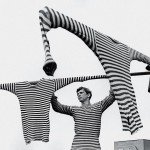
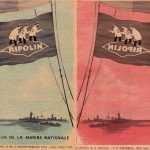

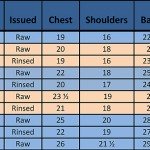
Leave a Reply
You must be logged in to post a comment.